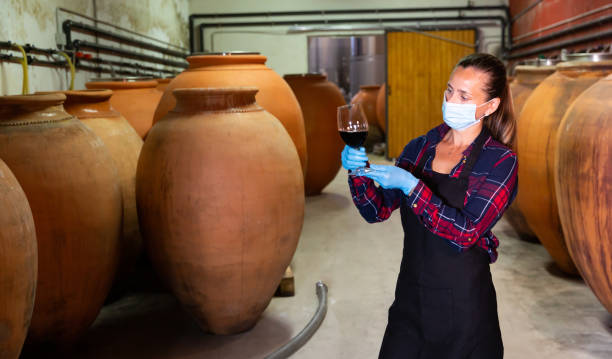Title of the course:
Alcohol in American Literature
What inspired the idea for this course?
The idea for this course came to me when I was researching the temperance movement and American literature as part of my doctoral dissertation. I read a lot about alcohol, the anti-alcohol campaign, and fiction. I thought it would be fun to teach a course that examined American literature with a booze theme.
It is easy to find literature on the effects of alcohol since alcohol can affect and disable people regardless of their gender, sexuality, race, ethnicity, or class.
What is the focus of this course?
I teach my course in conjunction with a medical professional who teaches biology for addiction. Students in the biology class learn about the biological and physiological effects of diseases of addiction. Substance abuse and dependence are also discussed.
John Carroll University’s core curriculum requires that students take courses in pairs from departments that are linked. My colleague, who teaches addiction classes and biology courses, approached me to connect my alcohol class with her addiction class. Both of our types must be taken in the same semester. Students can get a literary and scientific view of addiction by taking both courses.
Students read stories, poems, and plays about alcohol and other addictive drugs: how they are celebrated, how they struggle with them, and even whether or not to regulate and prohibit them. Students compare literary representations of alcohol and substance abuse with medical descriptions. When my students read Kristen Roupenian’s viral short story Cat Person, we discuss the role alcohol plays in reducing inhibitions when casually dating.
What is the most important lesson you learned from this course?
I want students to gain a deeper understanding of the influence alcohol has on literature. Students learn about how some writers portray alcoholism. Characters in Sherman Alexie’s “Tonto Fistfight In Heaven,” for example, are members of the Spokane Tribe of Indians. The characters live on a reservation, and they have a hard time finding or maintaining a job. Many of the characters are affected by intergenerational traumas, poverty, and an alcohol addiction.
Students must create a film for their final project that has a captivating plot and relatable characters. An understanding of addiction and disease science must support storylines.
What is the content of the course?
Morgan Talty’s “Night of the Living Rez” explores poverty and addiction among the Penobscot Nation.
Ernest Hemingway’s classic novel “The Sun also Rises” is set in Paris during the 1920s and features a group of American ex-pats who are coping with World War I trauma.
* We watch “Clyde’s,” a popular play written by Lynn Nottage, which is set in an old truck stop sandwich shop where the newly incarcerated are employed.
What will students learn from the course?
Understanding how addictive substances impact the minds and bodies of students can help them be better advocates for themselves and others. Students in pre-health get an introduction to the medical issues surrounding addiction and to how American writers have long depicted alcohol.
Frances Watkins Harper, for example, wrote “The Two Offers” in the 1850s. It is thought to be the very first short story written by an African American. The story is a temperance tale that warns young women against marrying a drunkard. It highlights the concerns of the Black community in the antebellum about domestic well-being and sobriety, as well as freedom.
Students will develop their critical reading and writing abilities while being challenged to consider the impact of alcohol and substance abuse on American culture and society.




